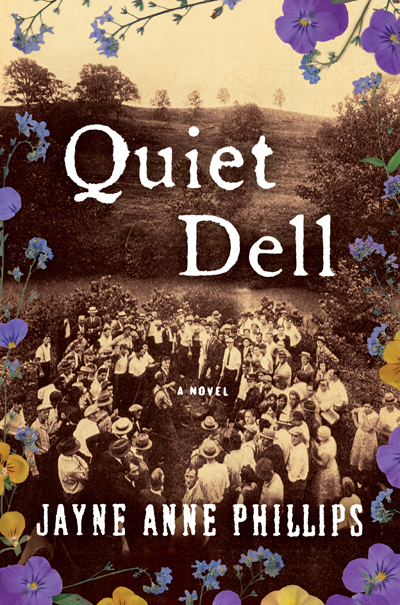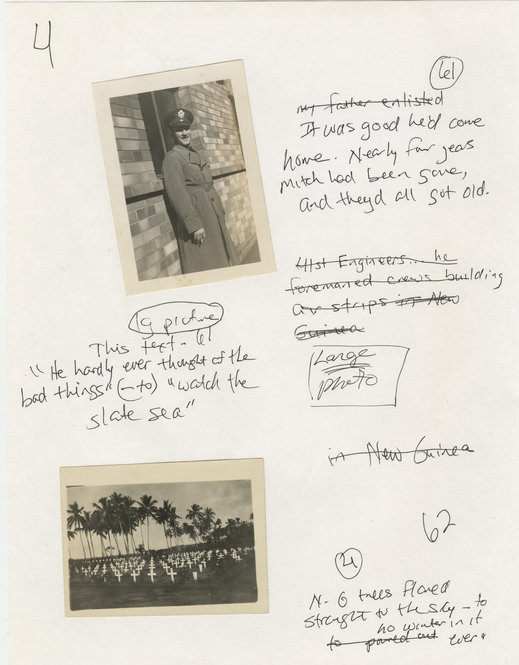This October, Jayne Anne Phillips has released her newest novel, Quiet Dell. Described by Stephen King as “a compulsively readable story,” the novel is based on the true and mysterious murder of a widow and her children living in Quiet Dell, West Virginia. Phillips, whose archive resides at the Ransom… read more
Jayne Anne Phillips
Memory as source in Jayne Anne Phillips’s “Machine Dreams”
Known for the family dynamics she enmeshes in her work, Jayne Anne Phillips uses her own family history as a source for character and plot development in her debut novel Machine Dreams (1984). Phillips chronicles one family, the Hampsons, to explore narratives that span from the years leading up to… read more



